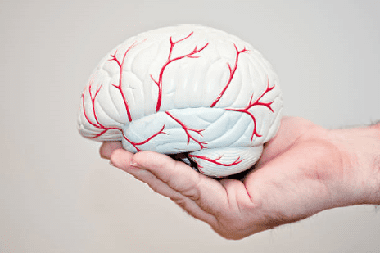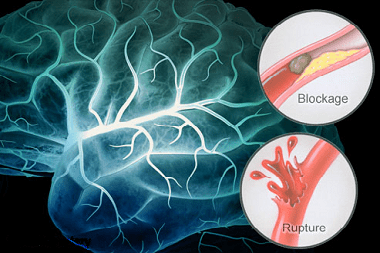Emergencies >>>> Signs of a stroke
Signs of a stroke.

A stroke is a sudden violation of blood circulation in the vascular system of the brain. Violation of blood circulation in the brain can be associated with rupture of blood vessels (with aneurysm) and is called - hemorrhagic stroke, or vascular occlusion - ischemic stroke.
Separately the symptoms of a stroke may resemble the symptoms of various diseases, but if they appear simultaneously or in sequence, they should suggest a developing stroke.
The most characteristic signs of a stroke are:
- Headache that comes on suddenly;
- Deafness (a feeling of stuffiness in the ears);
- Increased blood pressure;
- Nausea or urge to vomit;
- Dizziness;
- Noise in ears;
- Sudden unilateral numbness of the arm and / or leg;
- A sharp flush of blood to the face (redness of the skin of the face);
- Inarticulate speech;
- Visual impairment and disorientation are possible;
- Drowsiness or, on the contrary, agitation is possible;
- Impaired coordination of movements;
- Convulsions, loss of consciousness are possible.

There is a simple test that can be used to recognize a stroke:
- Raise both hands at the same time, as a result, one of the hands (or both hands will drop),
- They will smile, as a result, the smile will turn out to be asymmetric, and the corner of the mouth will remain down,
- Stick out the tongue forward, as a result, the tongue is displaced to the side, has an asymmetrical shape, sinks,
- Slurred speech (illegible).
First aid for suspected stroke is the prompt transportation of the patient to the hospital (neurological department). It is believed that within the first 3 hours from the moment the first signs of a stroke appear, proper treatment will make it possible to save a person's life and / or prevent paralysis. The patient should be transported in a horizontal position with a raised headboard.

Read

Read



























